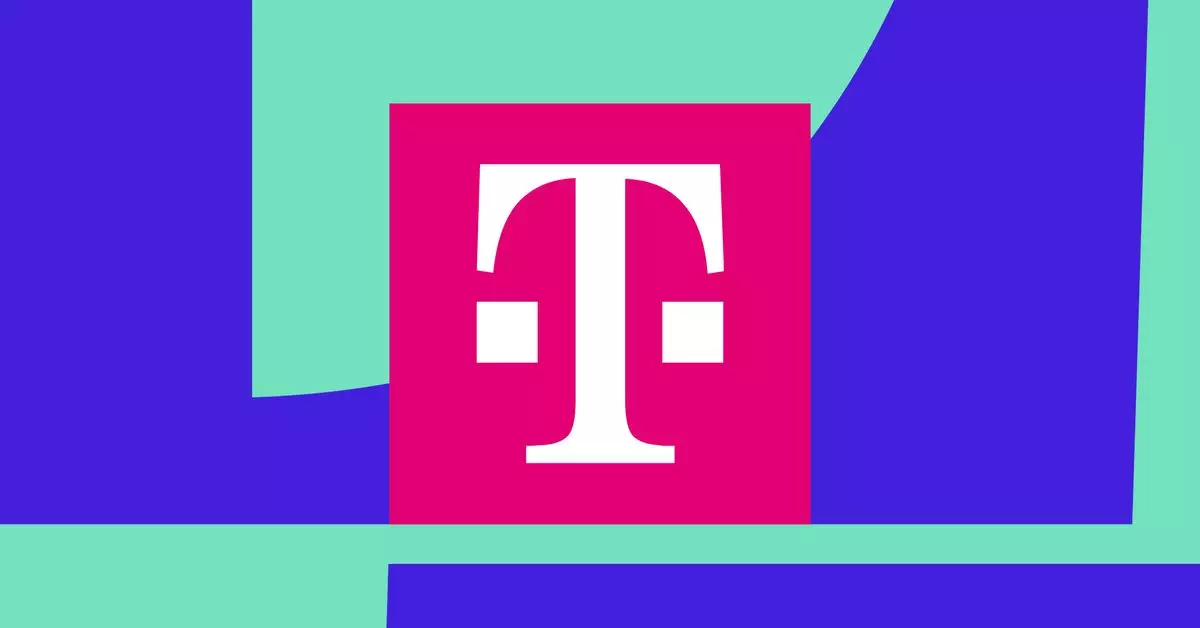In the rapidly evolving landscape of technology, few developments have the potential to change lives as significantly as improved communication during emergencies. The recent collaboration between T-Mobile and SpaceX to enable SMS texting via Starlink satellites in areas affected by Hurricane Helene and Hurricane Milton marks a groundbreaking step in this direction. This initiative not only demonstrates technological ingenuity but also underscores the urgent need for reliable communication during natural disasters.
With this new service, T-Mobile customers located in hurricane-affected regions can send and receive SMS messages even when traditional cellular networks are compromised. According to SpaceX, basic texting capabilities are now accessible for those whose mobile devices connect to Starlink satellites. Users can expect to see a service bar indication ranging from 1 to 2, with the network labeled “T-Mobile SpaceX.” This is revolutionary for disaster-stricken areas where conventional communication infrastructure often fails.
The ability to text emergency services, reach out to loved ones, and receive crucial alerts can be a matter of life and death in crisis situations. In their official statement, SpaceX emphasized the operational effectiveness of this system, noting that messages have already been successfully sent and received. By ensuring that people can communicate in real-time, the initiative bridges a significant gap in disaster response, allowing for timely aid and coordination.
However, while the initiative is commendable, it is not without its caveats. SpaceX advises users to expect some limitations, particularly in terms of connectivity strength and reliability. Messages may require multiple attempts to send, and the service operates optimally outdoors or near windows—encouraging users to be mindful of their environment to maximize connectivity. This points to a broader concern about technological dependency during emergencies, urging individuals to prepare for internet and signal interruptions, even with innovative solutions in place.
The approval from the Federal Communications Commission (FCC) is a key component of this initiative, granting SpaceX and T-Mobile the green light to operate this direct-to-cell service. This move highlights the important role regulatory bodies play in ensuring that telecommunications evolve in line with contemporary challenges. By facilitating such partnerships between private enterprises, the FCC is paving the way for a more resilient communication framework in critical scenarios.
The introduction of SMS capabilities through Starlink technology in disaster-stricken areas represents a significant advancement in emergency communication. The collaboration between T-Mobile and SpaceX not only showcases the power of modern technology but also emphasizes the importance of reliable communication channels during natural disasters. While operational limitations exist, the initiative serves as a vital step in ensuring that people have the means to communicate when it matters most. As technology continues to develop, it will be imperative to maintain a focus on enhancing these systems to ensure they function effectively during times of crisis.


Leave a Reply